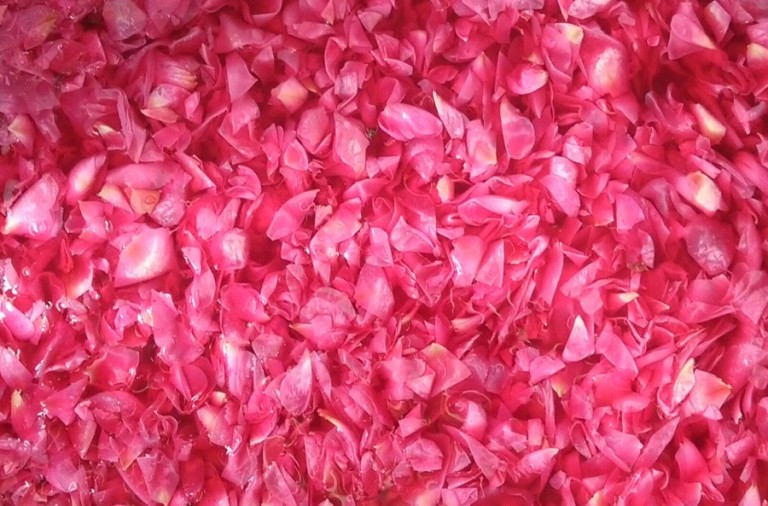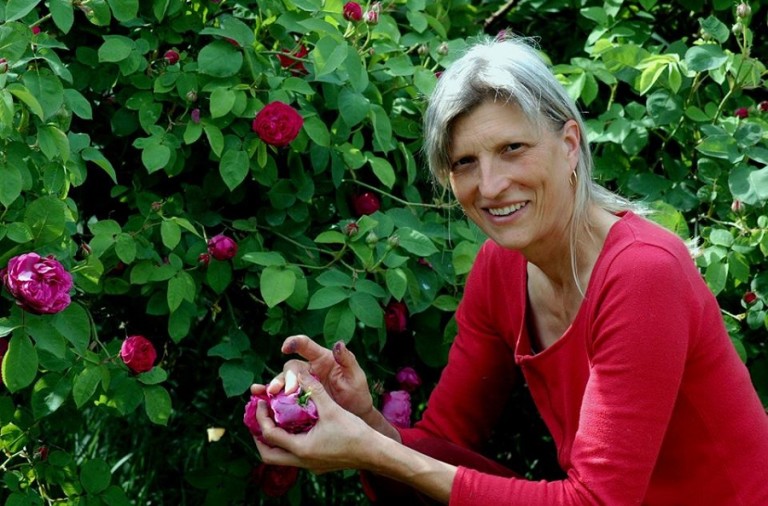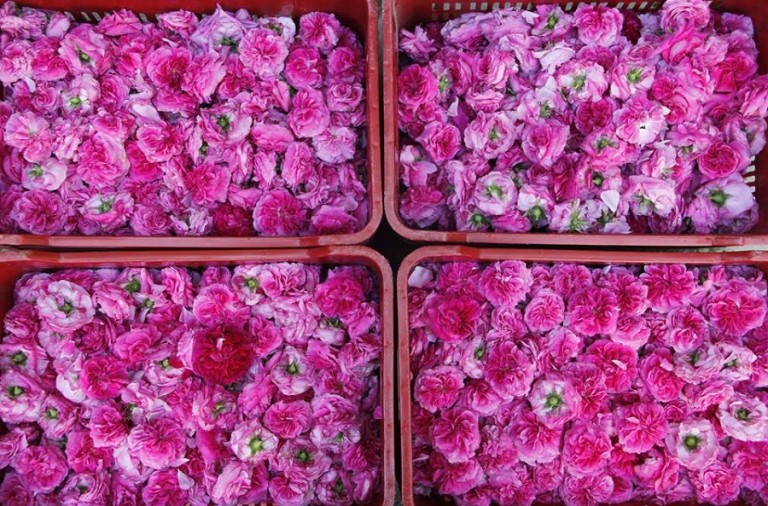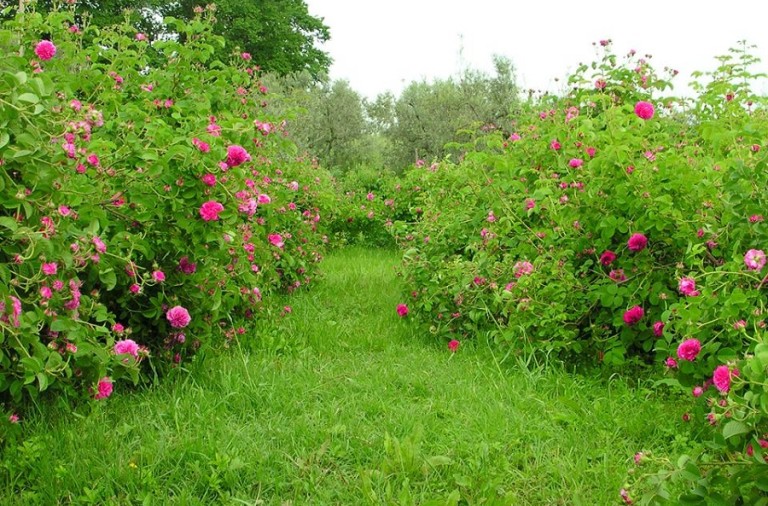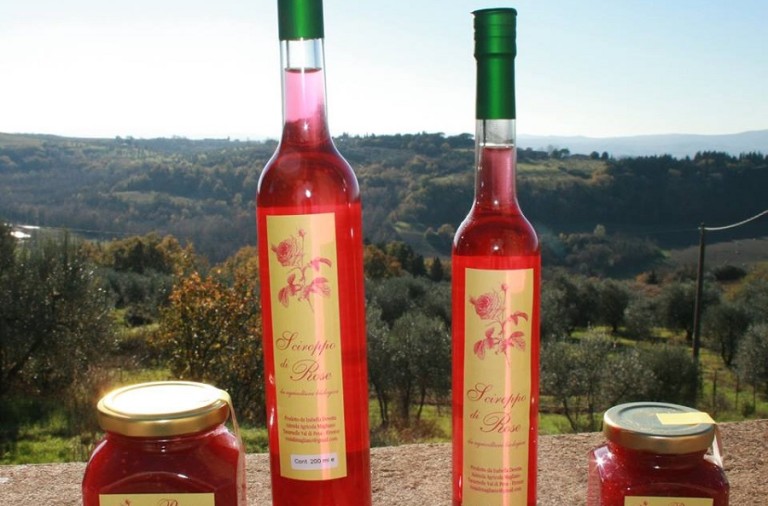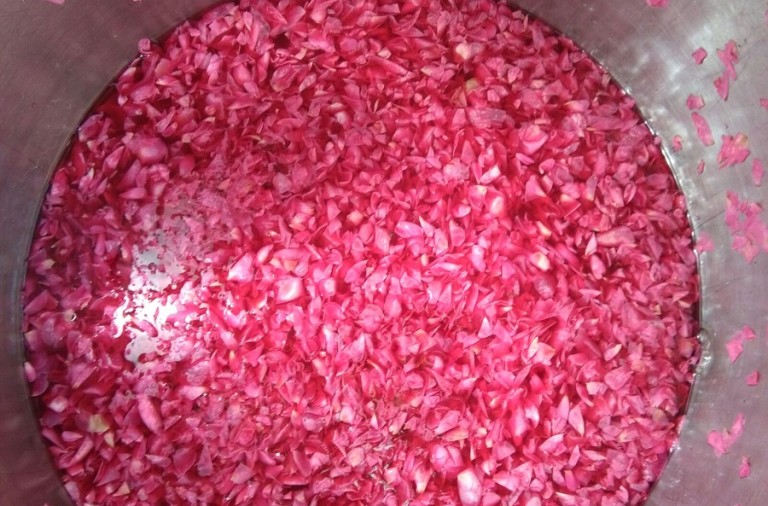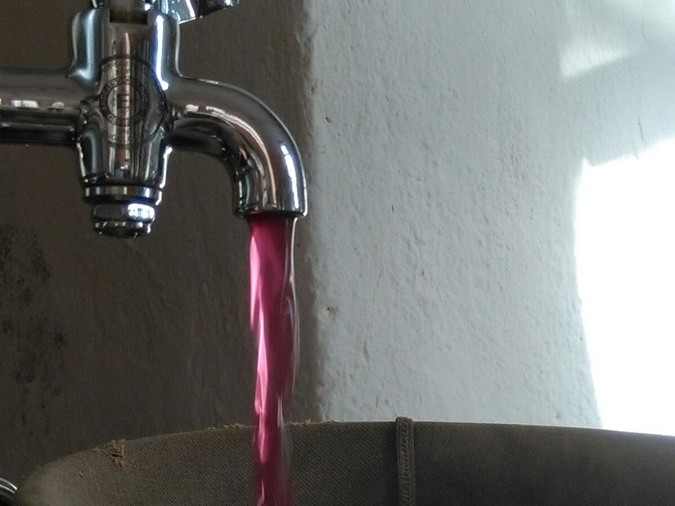Articolo disponibile anche in: Italian
The rose of Magliano is a flower with a fresh perfume and ancient roots. It is resistant to both cold and drought and thus expresses its best aromatic qualities in the Chianti area.
The rose is used to produce delicious syrups and preserves and lends its name to an artisanal activity. It is common in Liguria and Piedmont, but is unique in Tuscany where there is an interesting experiment which rewards the creation of local ecotypes.
One day, Isabella Devetta, specialist in sustainable gardens, noted a familiar scent and thus, twenty years ago, enriched by university studies, restarted her great passion.
In the midst of olive groves and fruit trees, Isabella tends a beautiful rose garden in via Magliano 16, near Tavarnelle. After several tries, her workshop has created excellent food products with a rose base.
“During the rose collection, I am assisted by my sons, Arturo and Federico and other young people”, begins Isabella. “I have been in business since 1988. I am also member of the WWOOF, an international association which awakens volunteers to alternative agricultural styles”.
“This autumn, I plan to double the surface of the cultivation to reach 400 square meters. The rose can be found in a bush in via di Magliano; a robust, frugal plant with many deep crimson petals.”
“As far as the variety is concerned,” she explains, “recent studies have identified it in the “Duc de Cambridge” category, a hybrid of the “damascena” rose. Some Italian gardeners imported the rose from France in the 1800”s and planted them in their homes”.
“While taking my children to the school bus by car one day”, she remembers, “I smelled an intese perfume. So I went to see “il Moro” (Orlando Fontani), owner of the Corsini estate where the rose was grown, and asked permission to pick it”.
“But there is a previous story to tell”, she continues. ”Born in Genoa, in Liguria, rose syrup is a household tradition, as rosemary bread is here. Even my grandmother made it. Then I moved to Florence to study agriculture”,
“After the flowering in May, comes the picking. To make jam, you cook petals, sugar and lemon juice together. It is ideal for breakfast, but can be spread on toast with butter. It is also good in yogurt or on fresh goat cheese”.
“If you make an infusion with hot water”, concludes Isabella, “the syrup goes well over ice cream and fruit salad, or in prosecco. In addition to the numerous fairs I participate in, I sell in shops, restaurants and at home. I also export to Germany”.
Noemi Bartalesi
